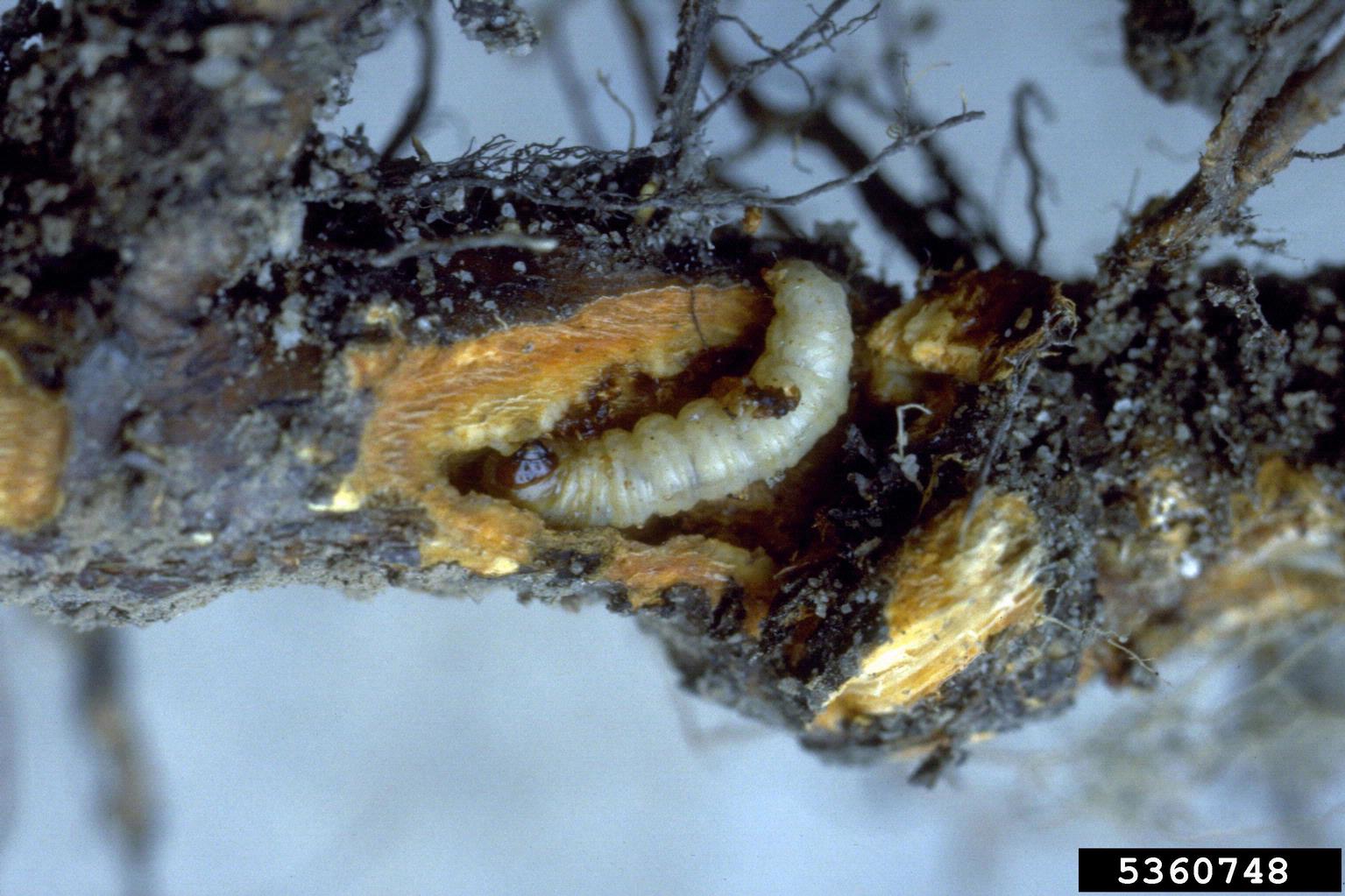Description
Selectively attracts Frankliniella occidentalis for monitoring the pest population and reducing the number of breeding adults.
Contents
Trap Kit (PWK101): 2 blue/yellow traps, 2 pheromone lures, 4 hangers. MSRP $12.99. Case of 15.
Lure Pack (PWL104): 3 pheromone lures. MSRP $9.99. Case of 10.
Trap Pack (PWT005): 4 blue/yellow traps with hangers. MSRP $9.99. Case of 20.
Dimensions
Trap Kit and Trap Pack: 8.5 x 4 x 0.25 inch, 0.1 lb (unit), 9 x 4 x 4, 2 lb (case)
Lure Pack: 6 x 4 x 0.25 inch, 0.1 lb (unit), 6 x 4 x 4 inch, 0.5 lb (case)
Useful Information
Western Flower Thrips
Wholesale orders only. Price and quantity is by the case.
For retail ordering visit our Store Finder.
Adding product to your cart
Selectively attracts Frankliniella occidentalis for monitoring the pest population and reducing the number of breeding adults.
Contents
Trap Kit (PWK101): 2 blue/yellow traps, 2 pheromone lures, 4 hangers. MSRP $12.99. Case of 15.
Lure Pack (PWL104): 3 pheromone lures. MSRP $9.99. Case of 10.
Trap Pack (PWT005): 4 blue/yellow traps with hangers. MSRP $9.99. Case of 20.
Dimensions
Trap Kit and Trap Pack: 8.5 x 4 x 0.25 inch, 0.1 lb (unit), 9 x 4 x 4, 2 lb (case)
Lure Pack: 6 x 4 x 0.25 inch, 0.1 lb (unit), 6 x 4 x 4 inch, 0.5 lb (case)
Useful Information

Western Flower Thrips
Frankliniella occidentalis


Crops Affected: Common pest of greenhouses, vegetables, and ornamentals. Hosts include alfalfa, apricots, artichoke, carnations, chrysanthemum, corn, cotton, cucumber, eggplant, gerbera, gladiolus, grapefruit, grapes, impatiens, melons, nectarines, peaches, peanut, peas, pepper, plums, strawberry, tomato, and watermelon.
States Affected: All states
Life Cycle: Small and wingless, the larvae of Western flower thrips can be discovered in flowers, buds, or areas where leaves come into contact. Males of this species arise from unfertilized eggs, while females develop from fertilized eggs. Their life cycle, from egg to adult, is completed in approximately 10 days.
Damage: Thrips inflict harm on crops through both direct and indirect means. Direct damage is caused by their feeding or oviposition, resulting in scarring and wounds. Thrips are also responsible for indirect damage by transmitting viruses to the crops.


Season to Trap: Year-round in warm climates and greenhouses. Spring through fall in temperate conditions.
How To Use: Hang trap with attached lure at shoulder height near at risk or affected crops. Replace lures every 30 days through the season, and replace traps when 70% saturated. Adults are attracted to the pheromones in the lure and the color of the traps in this kit. Once they land on the sticky trap, they become ensnared, never to mate or lay eggs again.
Additional IPM Solutions: Avoid practices that destroy or disrupt native beneficial insects. Using UV-reflective mulch can discourage thrips. However, it's important to be cautious with pesticide usage due to documented cases of pesticide resistance.
Earth Friendly
Professional's Choice
Proven Effective
Fast Shipping
Photography and graphic art copyright:
Pest Wizard Brands LLC
Whitney Cranshaw, Colorado State University, Bugwood.org
















